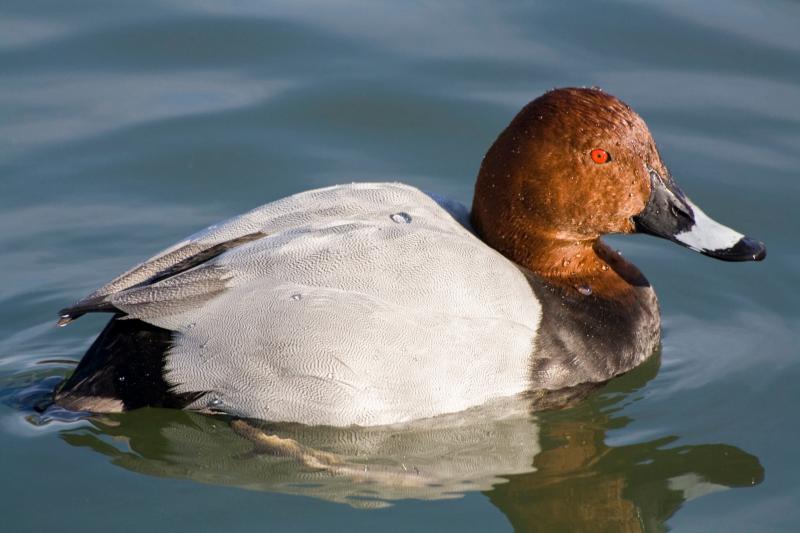The national conservation status of the globally threatened Common Pochard Aythya ferina has not previously been assessed in Armenia. Monitoring of the species in 2003–2019 shows that the Pochard breeds in the wetlands of the Ararat Plain, on the Shirak and Lori Plateaus, and at Lake Sevan, c. 800–2,040 m above sea level. It occurs in a core area of c. 64 km2, but defining a minimum area polygon that includes all known breeding sites extends to over c. 14,887 km2. In 2019, the total number of breeding Pochard pairs in Armenia was estimated at 1,917 (95% CI = 1,186–2,647) with a mean breeding density of 30.4 (± 5.91 s.e.) pairs/km2 (95% CI = 18.8–42.0 pairs). TRIM analysis of available count data found a moderate decline in the breeding population during 2003–2019, with Pochard numbers diminishing by 33% over the 17-year period, and by 16% in the last ten years. Numbers recorded in winter ranged from 34 birds in 2008 to 3,421 in 2015, with the variation apparently attributable to whether water bodies were frozen. A review of the potential threats to the species in Armenia showed that the primary threats are from habitat loss and/or degradation following changes in fish farm management, and also hunting pressure resulting from poor recognition of game species by hunters and a lack of control of hunting regulations. Pochard in Armenia should be considered as Vulnerable under International Union for the Conservation of Nature (IUCN) criteria, and two main measures are recommended to improve the conservation status of the species: better control of hunting and poaching nationally, and protection and improved management of key habitats used by the Pochard. Continued monitoring of the species is also essential, for assessing future population changes and to evaluate the efficacy of conservation interventions.
This article was published in Wildfowl, volume 71:
https://wildfowl.wwt.org.uk/index.php/wildfowl/article/view/2757?



